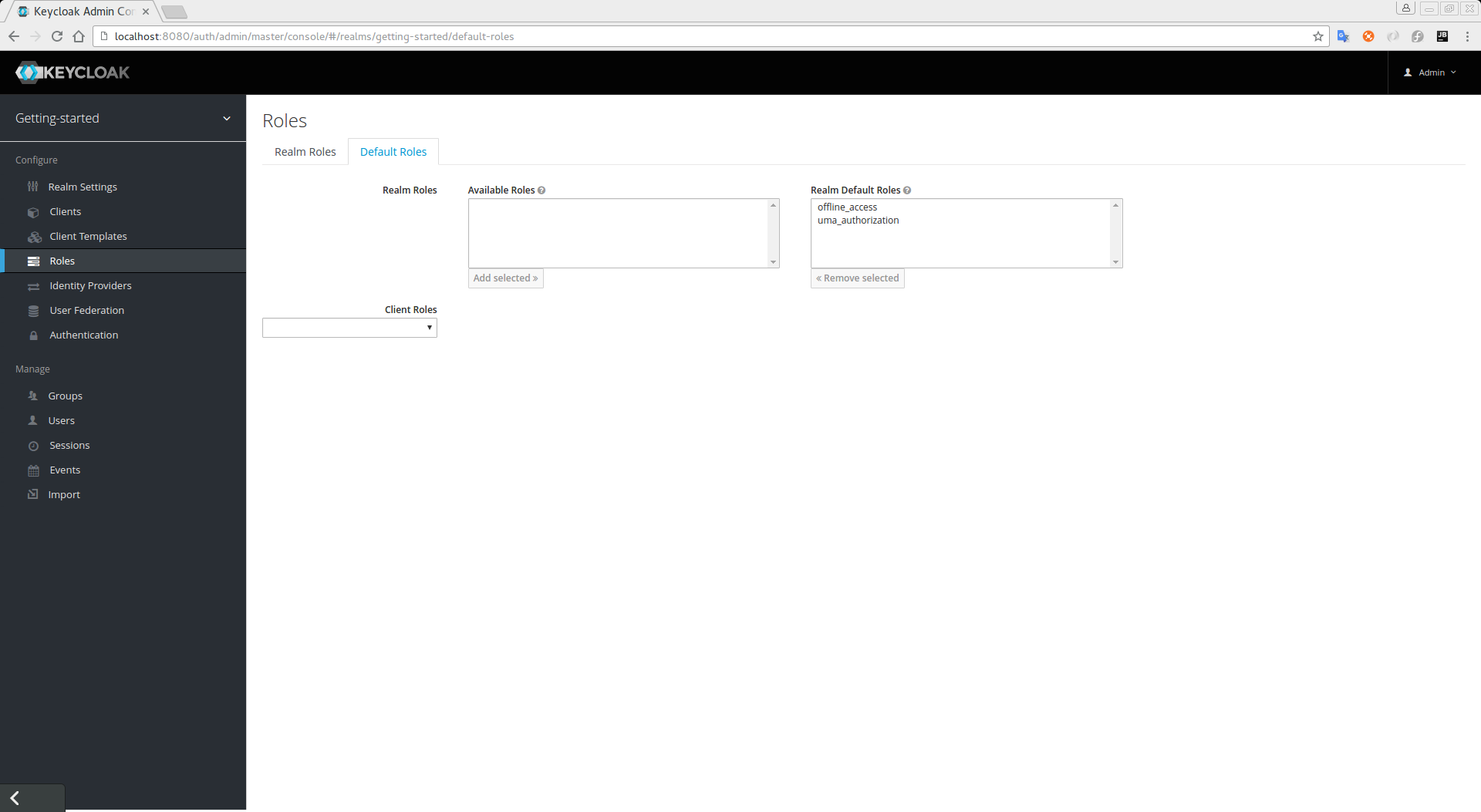curl -X POST \
-H "Authorization: Basic aGVsbG8td29ybGQtYXV0aHotc2VydmljZTpwYXNzd29yZA==" \
-H "Content-Type: application/x-www-form-urlencoded" \
-d 'username=${username}&password=${user_password}&grant_type=password' \
"http://localhost:8080/auth/realms/${realm_name}/protocol/openid-connect/token"What is an AAT and How to Obtain It
An authorization API token (AAT) is a special OAuth2 access token with the scope uma_authorization. When you create a user, Keycloak automatically assigns the role uma_authorization to the user. The uma_authorization role is a default realm role.

An AAT enables a client application to query the server for user permissions.
Client applications can obtain an AAT from Keycloak like any other OAuth2 access token. Usually, client applications obtain AATs after the user is successfully authenticated in Keycloak. By default, the authorization_code grant type is used to authenticate users, and the server will issue an OAuth2 access token to the client application acting on their behalf.
The example below uses the Resource Owner Password Credentials Grant Type to request an AAT:
As a result, the server response is:
{
"access_token": ${AAT},
"expires_in": 300,
"refresh_expires_in": 1800,
"refresh_token": ${refresh_token},
"token_type": "bearer",
"id_token": ${id_token},
"not-before-policy": 0,
"session_state": "3cad2afc-855b-47b7-8e4d-a21c66e312fb"
}